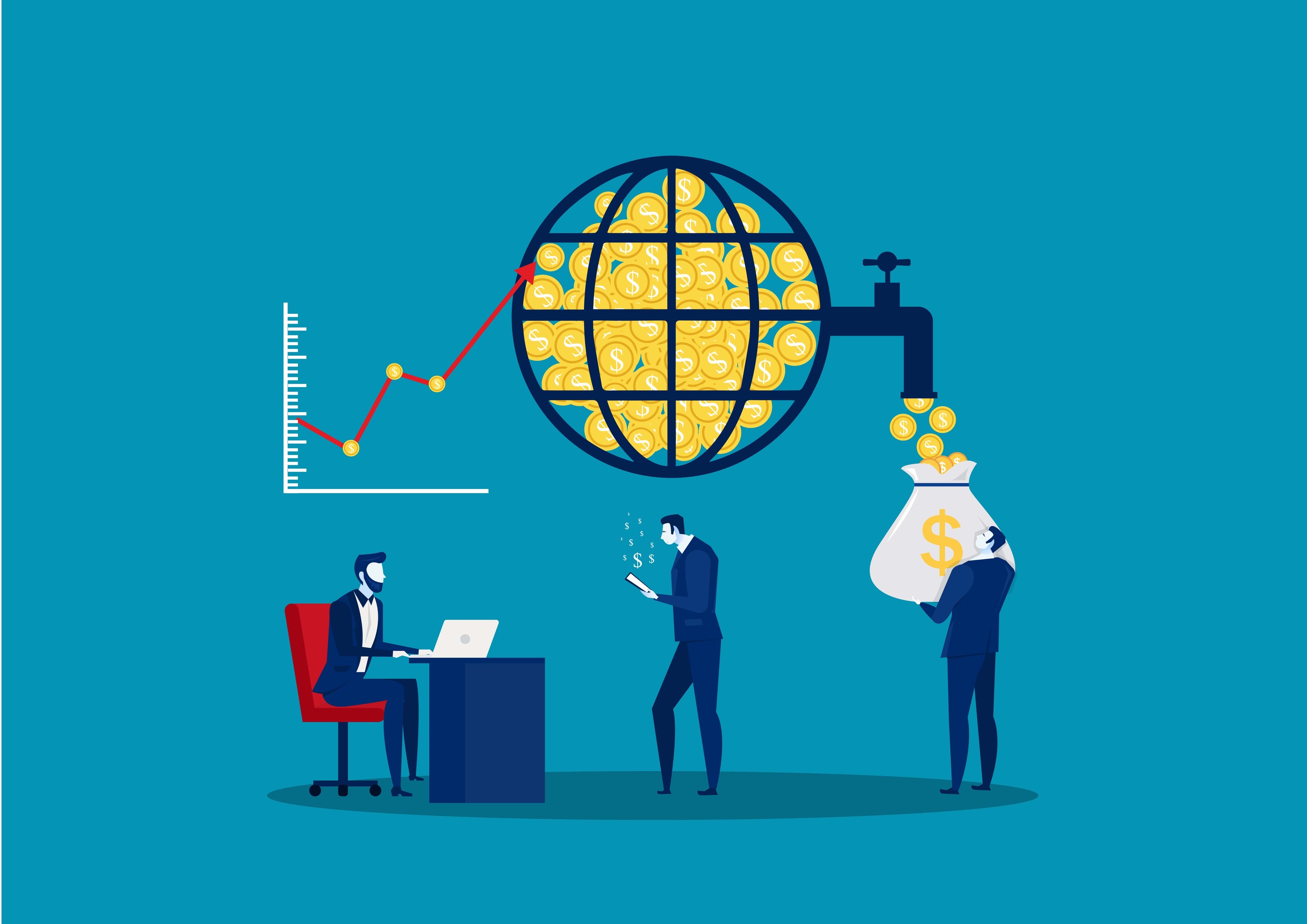Urban Application - Simply Smarter
Urban applications

 3821
3821 
Urban Applications - The Digital Key to Your Dream City
Imagine your city as a huge and complex puzzle. Every street, neighborhood, and resident are small pieces woven together to create the big picture. But like any complicated puzzle, it can be easy to lose perspective when focusing only on one piece - a broken sidewalk here, a full trash can there, a tree down from the wind. How can we as residents influence and help the municipality see the full picture and address issues before they spread? Until recently, the only way was through cumbersome and outdated channels - making calls, waiting in line at the call center, filling out forms. But today, in the age of smart cities, urban applications are like a digital scan of the entire puzzle in real time. They allow each of us, with a small device always in our pocket, to report problems, suggest solutions, and be an active part of solving the urban puzzle. In a world where technology advances at a rapid pace, municipal applications are the key that opens up a whole world of options to shape the city at the push of a button. So let’s embark on a journey to discover the applications that make all of us the managers of our city, and understand how a little awareness and a few clicks can create the city we have always dreamed of.
First of all, why are urban applications so important? Beyond the huge time savings and reducing bureaucracy, these applications serve three main functions:
- Reporting and Sharing - They allow us to be the eyes and ears of the city, reporting in real time on hazards, disturbances, or urgent needs. Instead of waiting for someone else to do something, everyone can take responsibility and alert.
- Empowering Residents - They provide a platform for ideas, initiatives, and feedback from residents. Instead of reaching out to a bureaucrat, one can respond and impact the urban agenda directly through an accessible and friendly interface.
- Transparency and Information Sharing - They make all relevant information about events, services, and municipal initiatives accessible. Instead of groping in the dark, it’s easy to stay updated and participate in everything happening in the city.
Here are some examples of smart applications that can do wonders:
- Municipal Hotline at Your Fingertips - Applications like 106 allow the sending of pictures and descriptions of field hazards and tracking the treatment until the loop is closed. Easy, convenient, and significantly more efficient than a phone call or email.
- Real-Time Location-Based Information - Applications like OurCity alert users about infrastructure work, special events, or emergency alerts based on their geographical location. Relevant information delivered right when needed.
- Community Engagement and Sharing - Platforms like CityLife enable residents to upload ideas, volunteer for local projects, or find neighborhood activities. A true connection of people to the place.
- Intelligent Resource Management - Dedicated applications for areas such as parking (Pango), public transport (Moovit), or payments (CityPay) streamline the use of municipal resources and save us all valuable time and money.
And where can we see this in action? In advanced cities like Tel Aviv, which in recent years has invested tremendous efforts into developing an advanced digital environment for residents:
- DigiTel - A personalized platform for all municipal services in one place, tailored precisely to the needs of each resident (education, culture, parking, up-to-date information, etc.).
- iView - A unique application that allows field reporting on hazards along with images, videos, and precise locations, with status tracking until resolution.
- City App - The central hub for everything in one place, from cultural events and leisure activities to garbage collection schedules and routine payments.
The results in Tel Aviv speak for themselves - a decrease of dozens of percent in the number of phone inquiries to the call center, saving hundreds of work hours for municipal employees, and significant increases in resident satisfaction with city services. It's no wonder that the Tel Aviv model has become the standard that most authorities in the country aspire to.
But let’s be honest - the path to perfect implementation is still long. Challenges still exist, such as:
- Adapting and ensuring accessibility of applications for all population groups
- Creating uniform interfaces between different systems within the municipality
- Maintaining data security and user privacy
- Recruiting resources and input for ongoing development and maintenance
However, when looking at the big picture, it is clear that urban applications are a direction that will only continue to grow. As technology advances and public awareness rises - the demand for smart tools for city management will increase accordingly. Urban reality is becoming more dynamic and complex, and cities that want to remain relevant must speak the language of residents - interactive, fast, and in real time.
So the next time you see something that needs fixing or improving in the city, don't just settle for a nod or a sigh. Take out your smartphone, capture, report, and share. Because in the end, the city is like a huge home puzzle - and each of us is responsible for a small part of it. The more we can identify the missing pieces and place them in the right spot, the more accurate and satisfying the complete picture will be. With a little awareness and the right tools, we can all become managers and designers of urban reality. The next app you download might just be the one that puts you in the driver's seat - so fire up your smartphone and let’s go. We have a city to manage.






